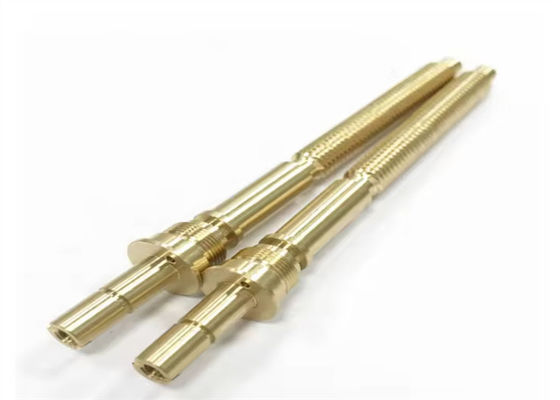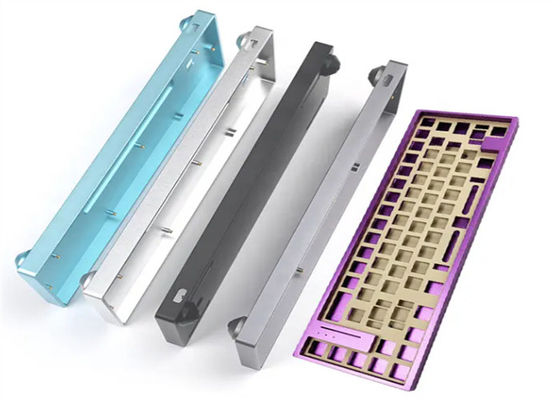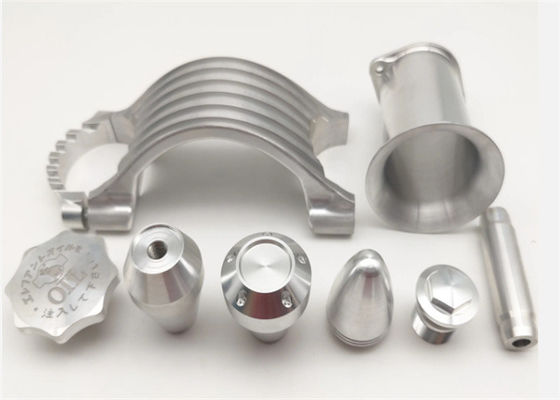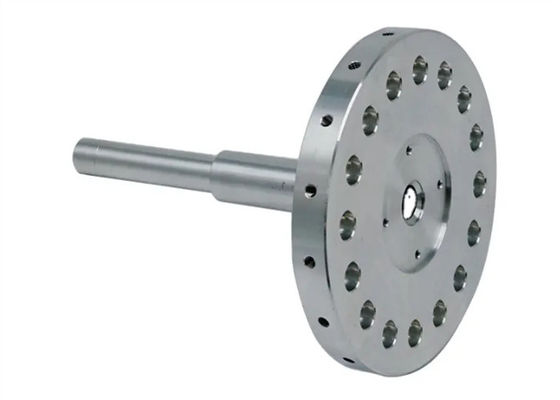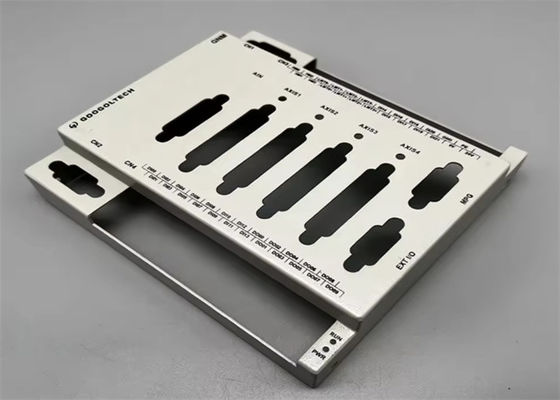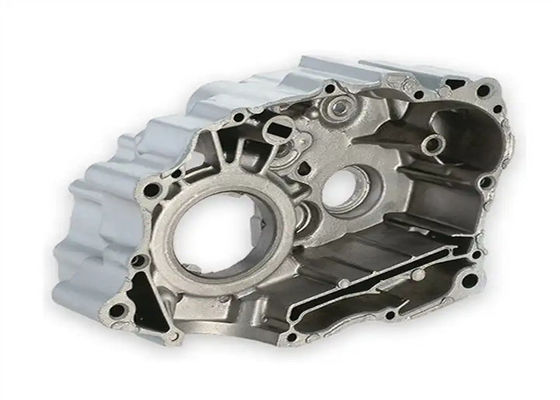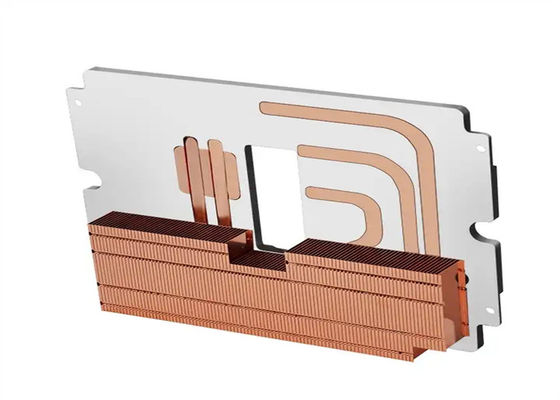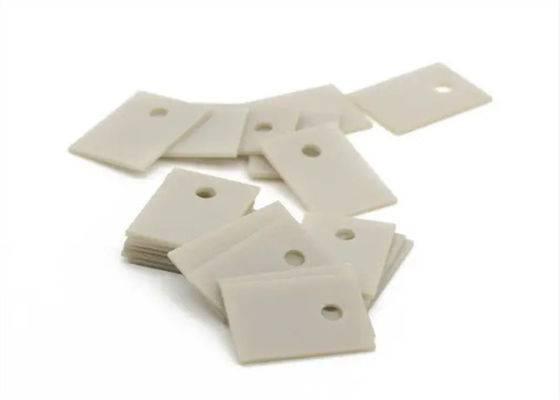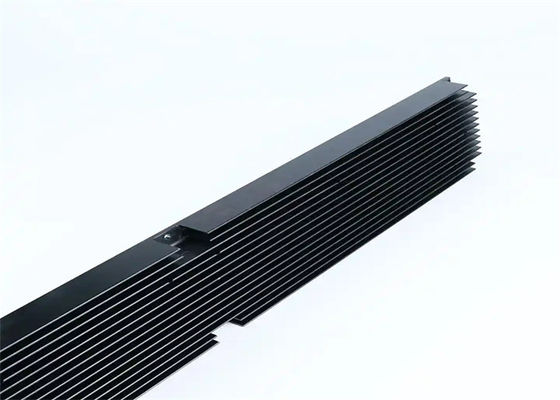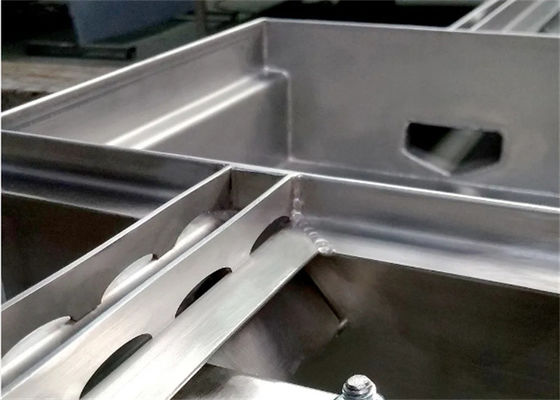In modern manufacturing, CNC (Computer Numerical Control) machining has become a crucial part of production processes for numerous enterprises, thanks to its advantages of high precision, efficiency, and automation. However, with a plethora of CNC machining service providers and equipment suppliers in the market, each with varying technical capabilities, precisely choosing the CNC machining that meets specific needs has become a key challenge for businesses. This article will analyze the industry status, selection criteria, and decision - making processes to provide a comprehensive guide for enterprises.
The current CNC machining market is highly competitive, with an coexistence of international giants and domestic enterprises. International brands such as FANUC and Siemens dominate the high - end market with their advanced numerical control systems and sophisticated manufacturing technologies. Domestic enterprises like Huazhong CNC and Guangzhou CNC, through technological innovation and cost - effectiveness, have strong competitiveness in the mid - to low - end market, and some of their products have achieved import substitution. In addition, there are a large number of small and medium - sized machining enterprises, mainly serving regional markets and specific industry sectors.
CNC machining technology is evolving towards intelligence, high - speed, high - precision, and green manufacturing. In terms of intelligence, the application of AI technology endows equipment with functions such as adaptive control, fault prediction, and diagnosis. High - speed and high - precision machining meet the requirements of high - end industries like aerospace and automotive manufacturing for the processing of complex components. Green machining technologies, such as the use of energy - saving motors and regenerative braking systems, reduce energy consumption and environmental pollution.
The application areas of CNC machining are constantly expanding. Besides traditional mechanical manufacturing and mold processing, it has been widely used in emerging industries such as new energy vehicles, aerospace, 3C electronics, and medical devices. Different industries have distinct requirements for CNC machining. For example, the aerospace industry demands ultra - high precision and the ability to process complex surfaces, while the 3C electronics industry emphasizes processing efficiency and the manufacture of small and precise components.
Product Type and Process Requirements: Determine the required machining processes according to the type of products to be produced. For products with simple shapes and large production volumes, three - axis CNC machining is usually suitable; for aerospace components with complex surfaces and high - precision requirements, five - axis simultaneous machining equipment is needed. Also, consider whether multiple machining processes such as turning - milling compounding, drilling, and tapping need to be integrated.
Precision and Surface Quality: Clearly define the dimensional accuracy and surface roughness requirements of the products. Generally, an accuracy of ±0.01mm is sufficient for ordinary mechanical parts, while precision molds, optical components, etc., may require an accuracy of ±0.001mm or even higher.
Production Volume: The production volume directly affects machining costs and efficiency. For small - batch production, general - purpose CNC equipment with high flexibility can be selected; for large - batch production, dedicated production lines or highly automated equipment should be considered to reduce the cost per unit.
Technical Strength: Examine the supplier's equipment configuration, the advancement of the numerical control system, and the level of the technical team. For example, suppliers equipped with five - axis machining centers, high - precision inspection equipment, and with technicians having rich experience in processing complex parts have more advantages in high - end machining projects.
Quality Control System: Check whether the supplier has obtained quality management system certifications such as ISO 9001, and review its quality inspection processes and equipment, such as whether it is equipped with coordinate measuring machines, image measuring instruments, and other precision inspection equipment to ensure stable and reliable product quality.
Delivery Capability: Evaluate the supplier's production scale, production capacity, and delivery time to determine whether it can complete orders on time. For urgent orders or projects with strict delivery time requirements, the supplier's quick response and flexible scheduling capabilities are particularly important.
Service Level: Pay attention to the supplier's after - sales service, including equipment maintenance, fault repair, technical training, etc. Good after - sales service can reduce equipment downtime and ensure production continuity.
Machining Costs: Quotes from different suppliers are affected by factors such as equipment costs, labor costs, and management costs. It is necessary to comprehensively compare the quotes of various suppliers, while avoiding sacrificing product quality and delivery time in pursuit of low prices.
Hidden Costs: Consider hidden costs such as transportation costs, raw material losses, and equipment debugging fees. For example, a long distance from the supplier may increase transportation costs and delivery time; low raw material utilization will lead to cost increases.
Industry Experience: Give priority to suppliers with rich experience in the relevant industry or related fields. They are more familiar with industry standards and product characteristics and can better meet special machining requirements, such as the special requirements for materials and processing environments in the medical device industry.
Case References: Review the supplier's past successful cases, understand their performance in processing similar products, and assess their technical strength and project execution capabilities.
All departments within the enterprise should collaborate to clarify product design requirements, production plans, quality standards, etc., and form a detailed CNC machining requirement list.
Collect information on CNC machining suppliers through channels such as industry exhibitions, online platforms, and customer referrals. Based on the requirement list, initially screen out suppliers that meet the basic conditions and establish a candidate list.
Conduct on - site inspections of candidate suppliers to understand the production workshop environment, equipment operation status, quality management processes, etc. Communicate with the supplier's technical personnel to evaluate their understanding of the machining requirements and the feasibility of the proposed solutions.
Comprehensively consider factors such as technical strength, quality control, cost, and delivery capability, conduct a comparative analysis of the plans of each supplier, weigh the pros and cons, and select the most suitable CNC machining supplier.
Clarify contract terms, including machining content, quality standards, price, delivery time, liability for breach of contract, etc. During the cooperation process, maintain close communication with the supplier, promptly solve any problems that arise, and ensure the smooth completion of the project.
With the continuous development of CNC machining technology and the intensification of industry competition, enterprises need to be forward - looking in their selection. For example, the popularization of intelligent technology enables equipment to have higher automation and self - adaptation capabilities. Choosing a supplier with intelligent machining functions can improve production efficiency and product quality. Under the trend of import substitution, the technical level of domestic suppliers is constantly improving. When the requirements are met, choosing domestic suppliers may offer higher cost - effectiveness and more convenient services.
Precisely selecting CNC machining requires enterprises to have a comprehensive understanding of the industry status, in - depth analysis of their own needs, and a comprehensive assessment of supplier capabilities and costs. Through a scientific decision - making process, choosing the right CNC machining supplier can not only ensure product quality and production efficiency but also reduce costs and enhance the enterprise's competitiveness in the market. In the actual selection process, enterprises also need to dynamically adjust their selection strategies according to their own development strategies and market changes to adapt to the ever - changing industry environment.

 Your message must be between 20-3,000 characters!
Your message must be between 20-3,000 characters! Please check your E-mail!
Please check your E-mail!  Your message must be between 20-3,000 characters!
Your message must be between 20-3,000 characters! Please check your E-mail!
Please check your E-mail! 
